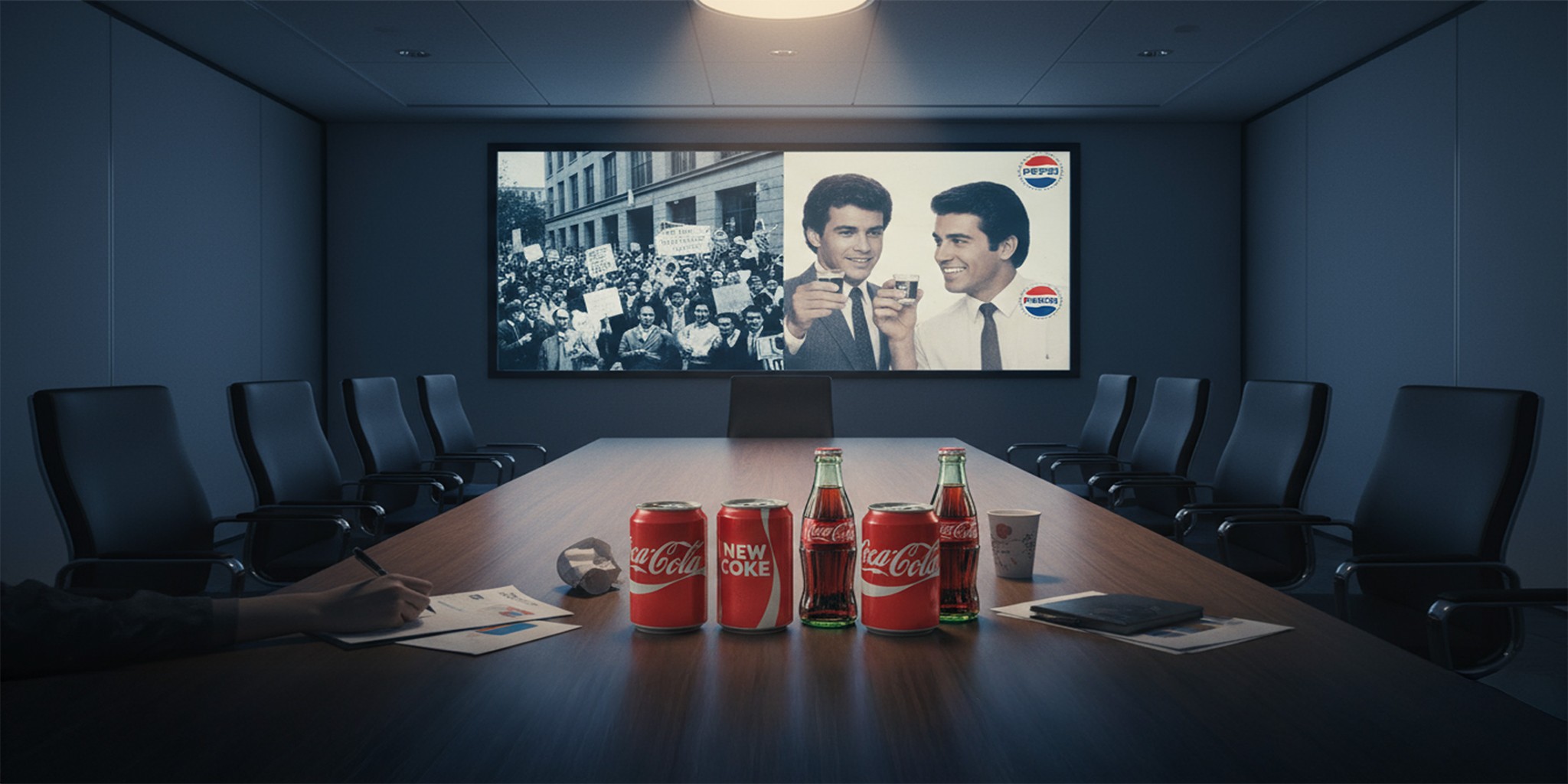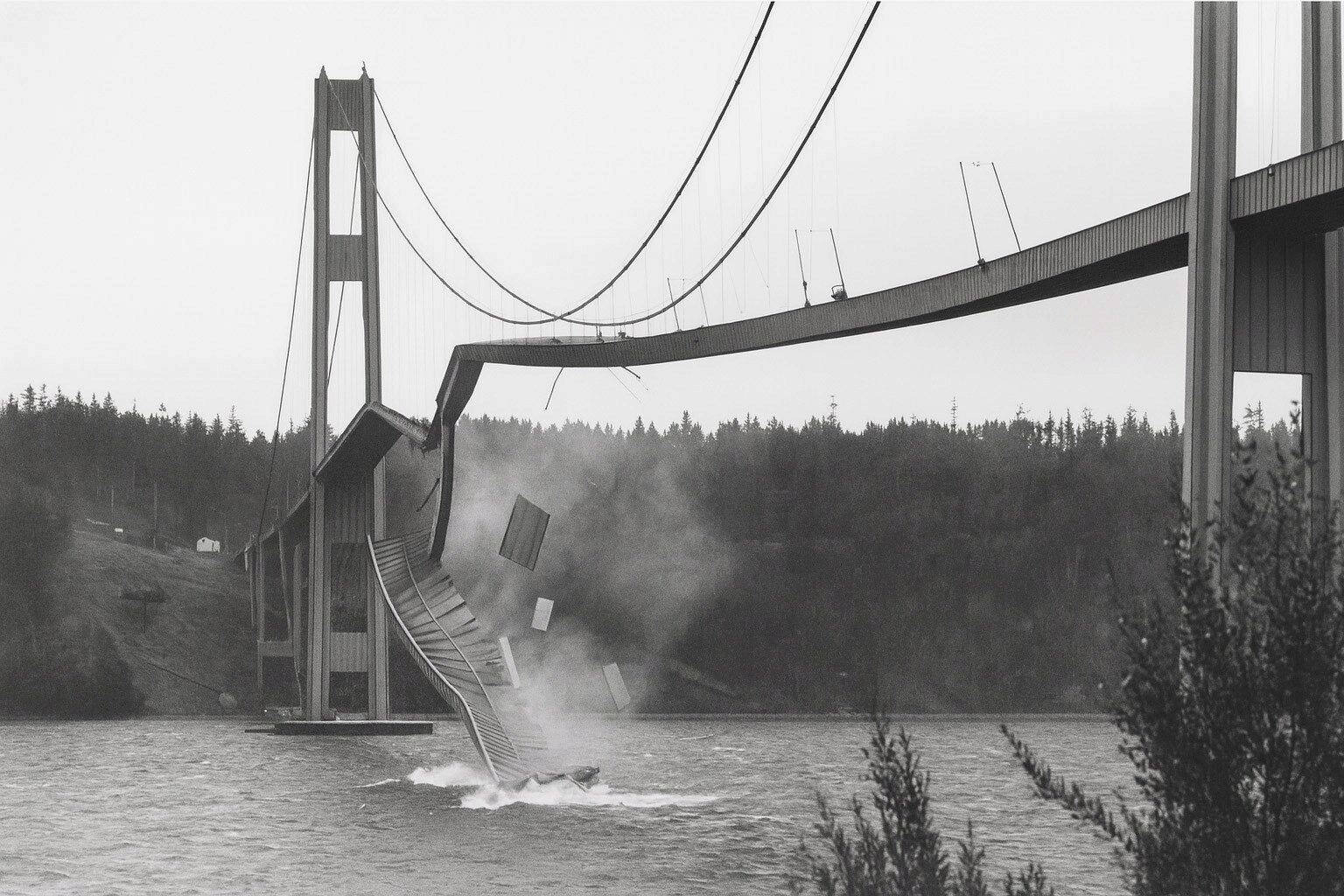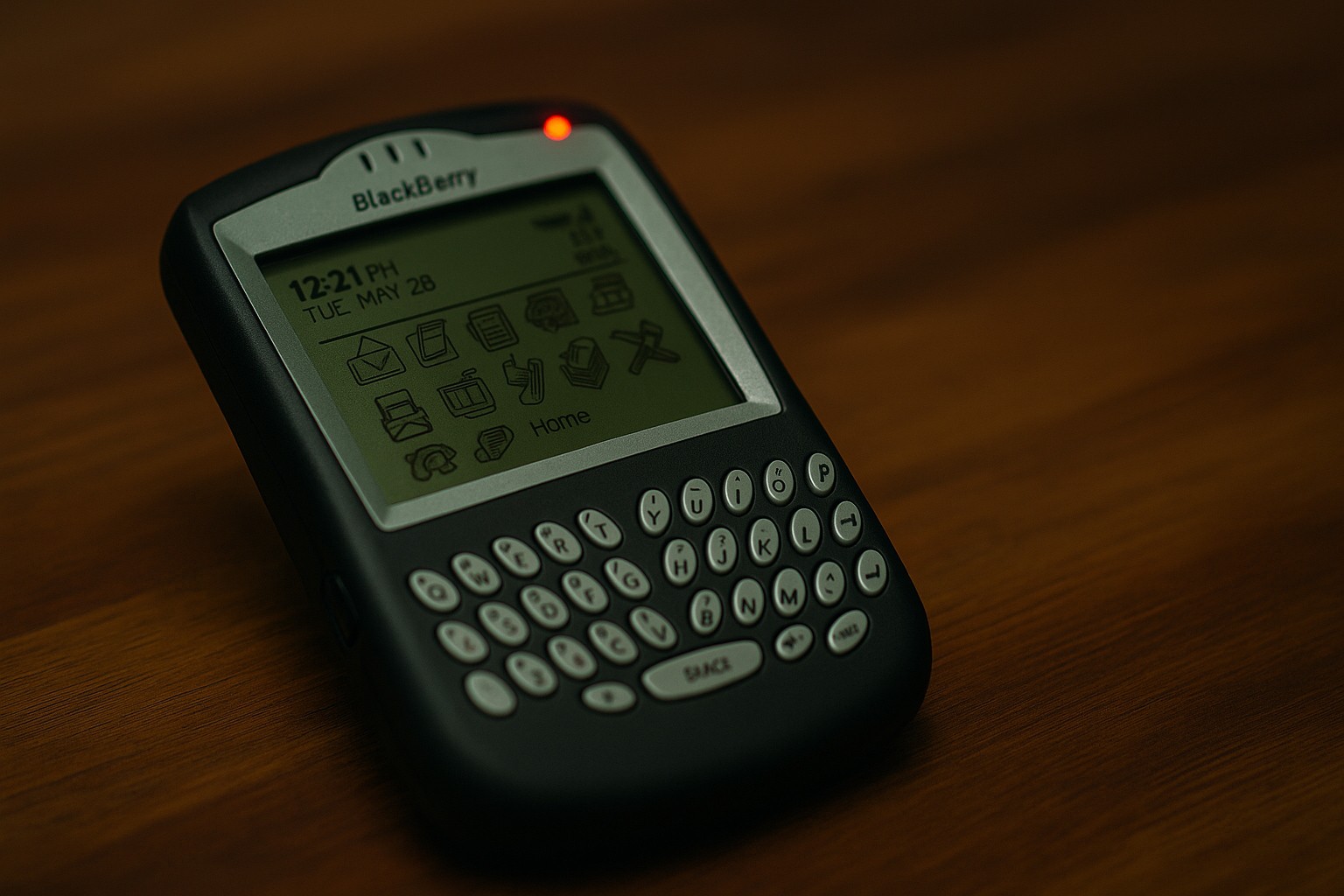With this week being Black Friday, we’re surrounded once again by bold claims, loud offers and the constant pressure to buy more. It’s one of the loudest moments of the year, where urgency often overshadows discernment. But in 2011, Patagonia did something no one expected.

The Reading Room
Radiant’s Central Repository
The Reading Room is a unique place where we share thoughts on innovation, brand strategy, client insights, and our latest SAAS projects.
In a world that measures success by speed, scale and constant activity, it’s surprising to see a company rise to the top by doing less, not more. But that’s exactly what happened with Chick-fil-A. For decades, the fast-food industry has chased the same formula: more hours, more locations, more menu items. If you can serve more people more often, you win (or at least that’s what everyone assumed).
Sometimes success can be its own kind of danger. When things are running smoothly, it’s easy to believe that what worked yesterday will keep working tomorrow. That comfort can slowly turn into overconfidence, and before long, the organization that once led the way is the one struggling to catch up. That’s exactly what happened to Blockbuster.
One thing we often see in ministry leadership is what I call boardroom boredom. It happens when things are going well — the mission is strong, people are engaged, and God is clearly at work — but those in leadership start feeling restless. They look around and see other ministries trying new things, and they start wondering if they should “freshen things up” too.
In the early hours of April 26, 1986, an explosion shook the small Ukrainian city of Pripyat. Inside Reactor 4 of the Chernobyl Nuclear Power Plant, a late-night safety test had gone wrong. A series of design flaws and rushed decisions caused the reactor to overheat and then explode, sending radioactive material miles into the sky. But the disaster didn’t end with the explosion. In many ways, it began there.
When emotion is woven into your message, it transforms a simple transaction into a meaningful connection. A well-designed product might impress, but a story that makes someone feel seen, understood or inspired will stay with them long after the details fade. Emotion gives your audience a reason to care — and caring is what drives loyalty.
In July 1940, the Tacoma Narrows Bridge opened with great fanfare. Stretching nearly 6,000 feet across Puget Sound, it was the third-longest suspension bridge in the world — sleek, efficient and by all accounts a triumph of modern design. It was also one of the cheapest bridges of its kind ever built.
In the early 2000s, a small Canadian company called Research in Motion (better known by its product name, BlackBerry) sat at the center of the mobile world. The glowing red light on a BlackBerry meant you were connected to the action. Heads of state carried them. CEOs clipped them to their belts. The physical keyboard felt inevitable, and the company’s mastery of secure email made it the gold standard for mobile communication.
There’s a lesson here for every organization. In the rush to be heard, it can be tempting to add more — more words, more images, more flair. But often, the strength of communication lies not in what you add, but in what you take away. Clarity isn’t about saying everything; it’s about saying the right thing, simply and consistently.









